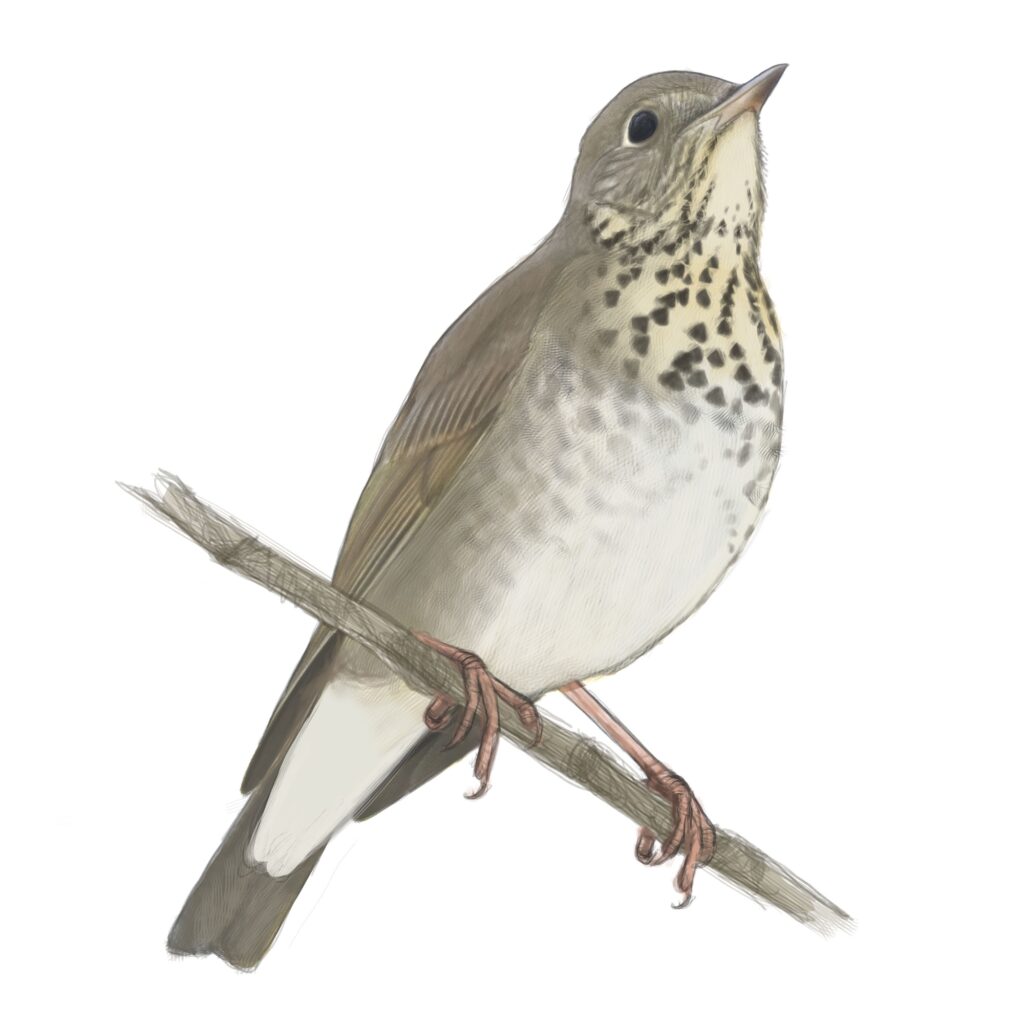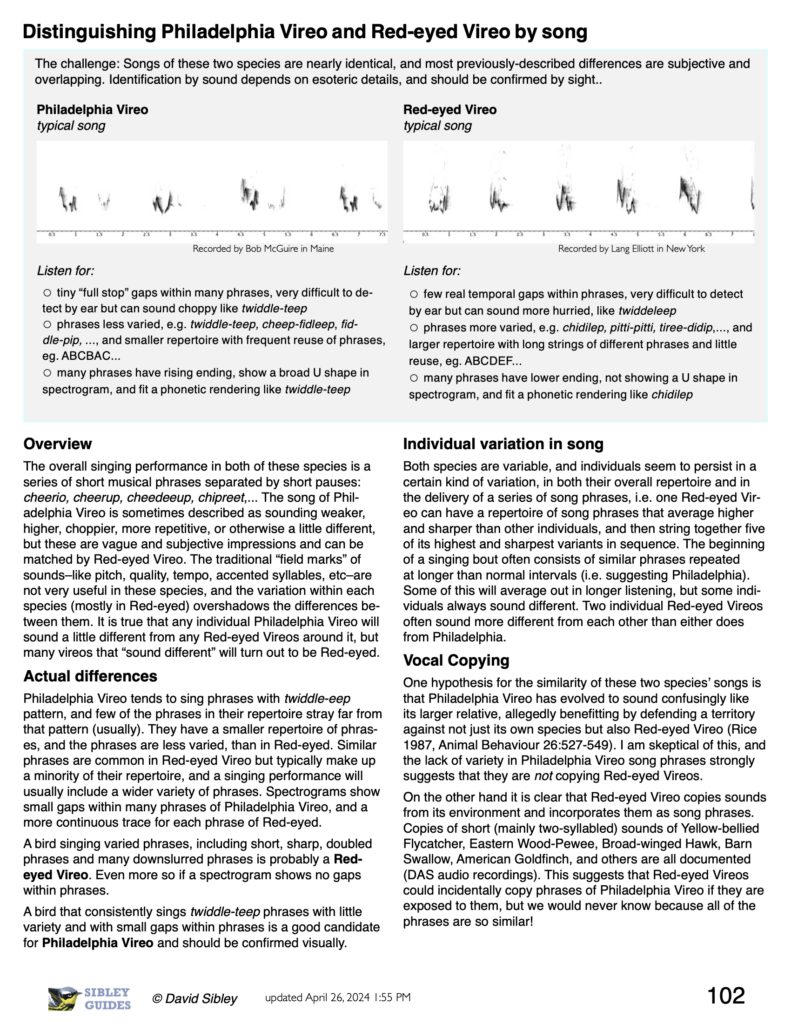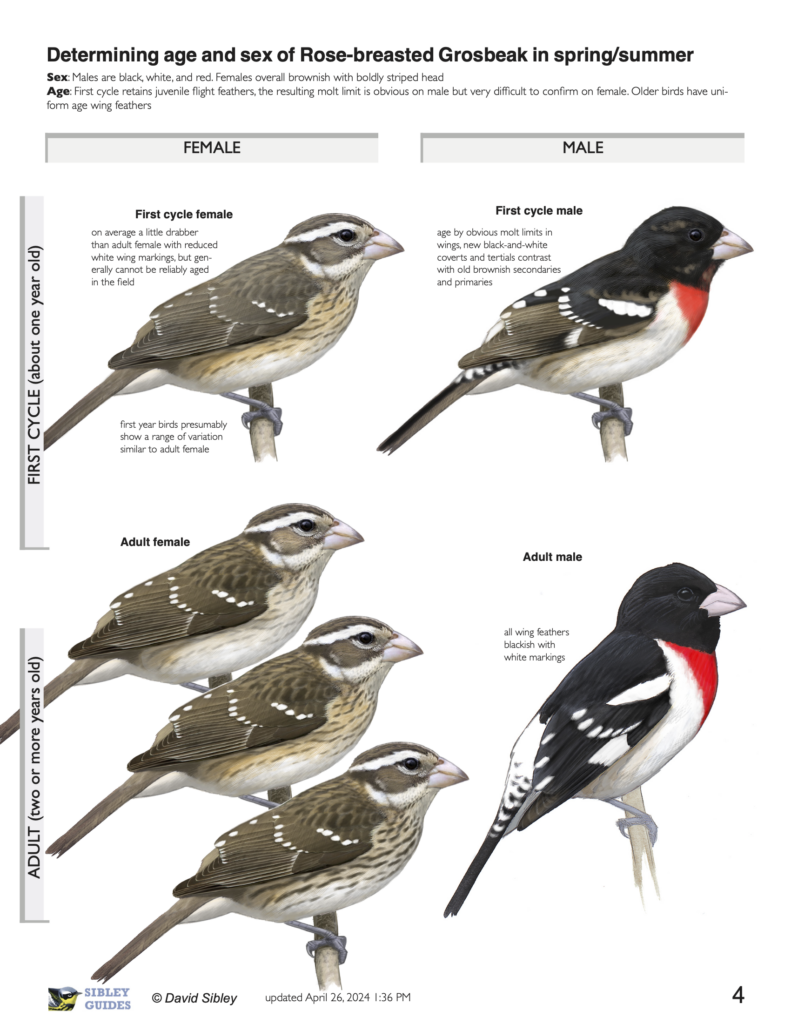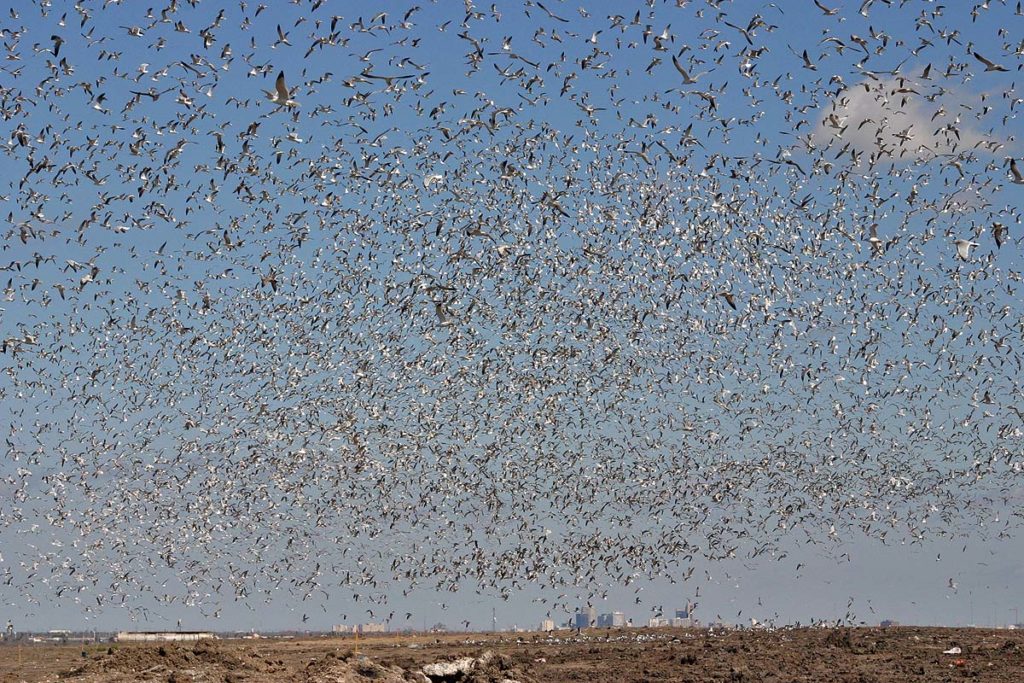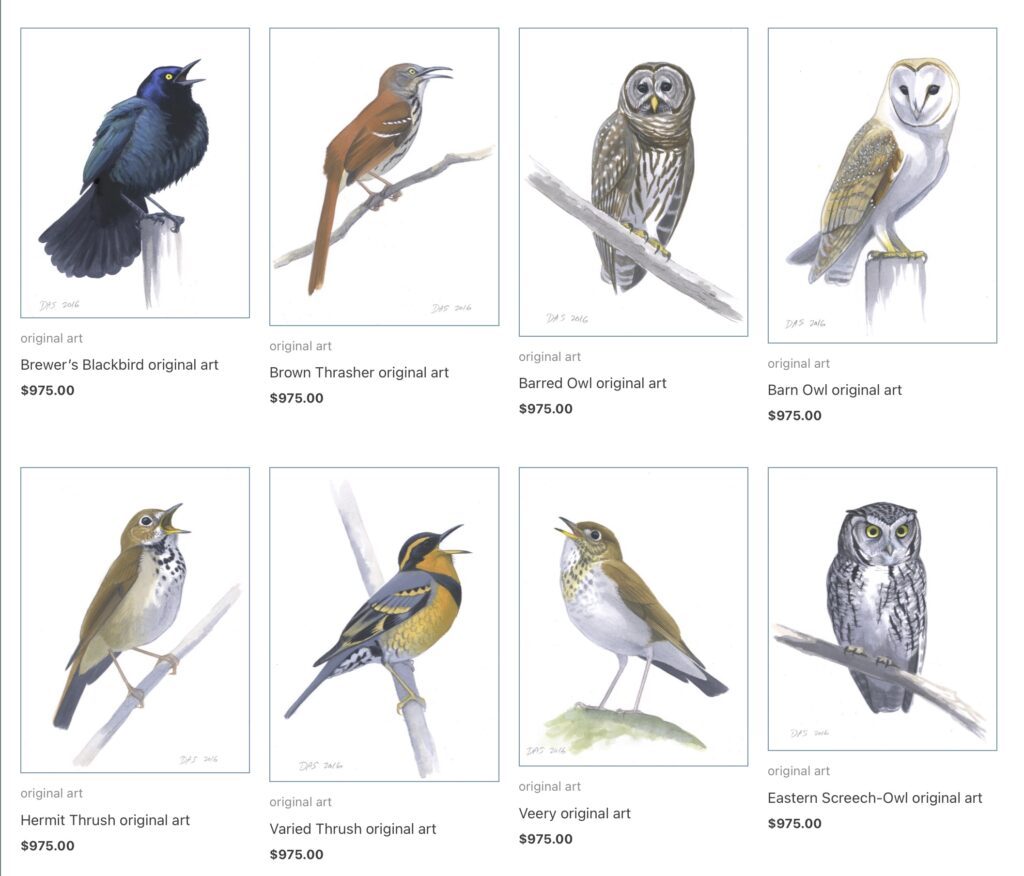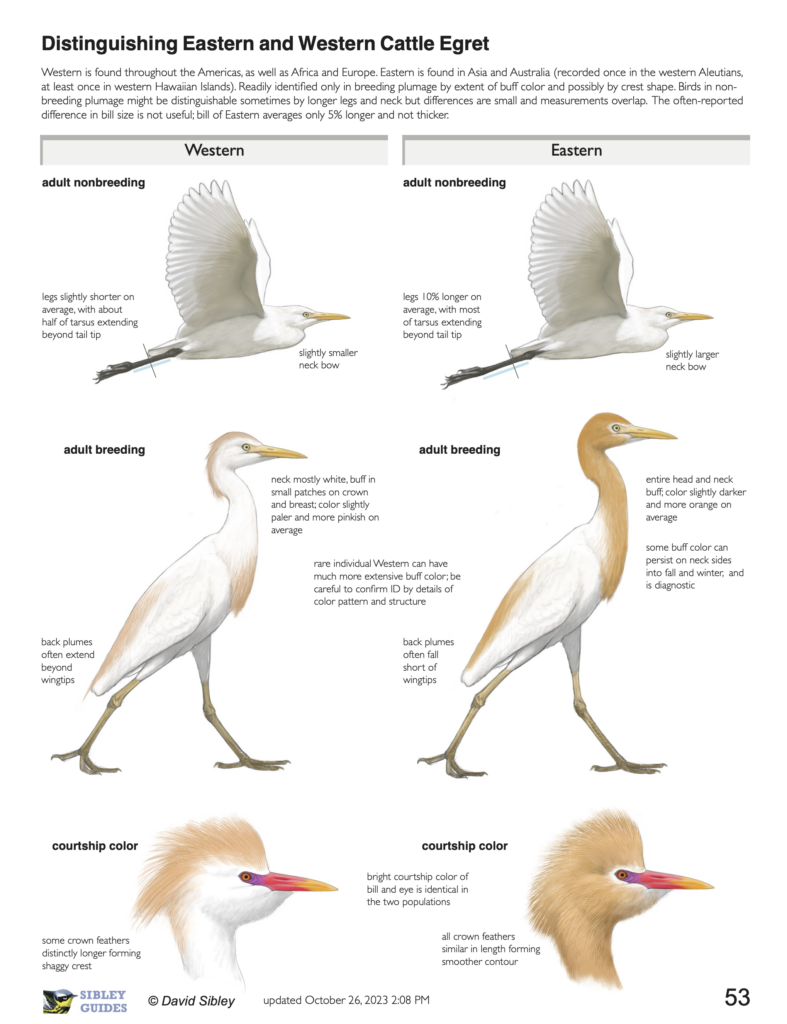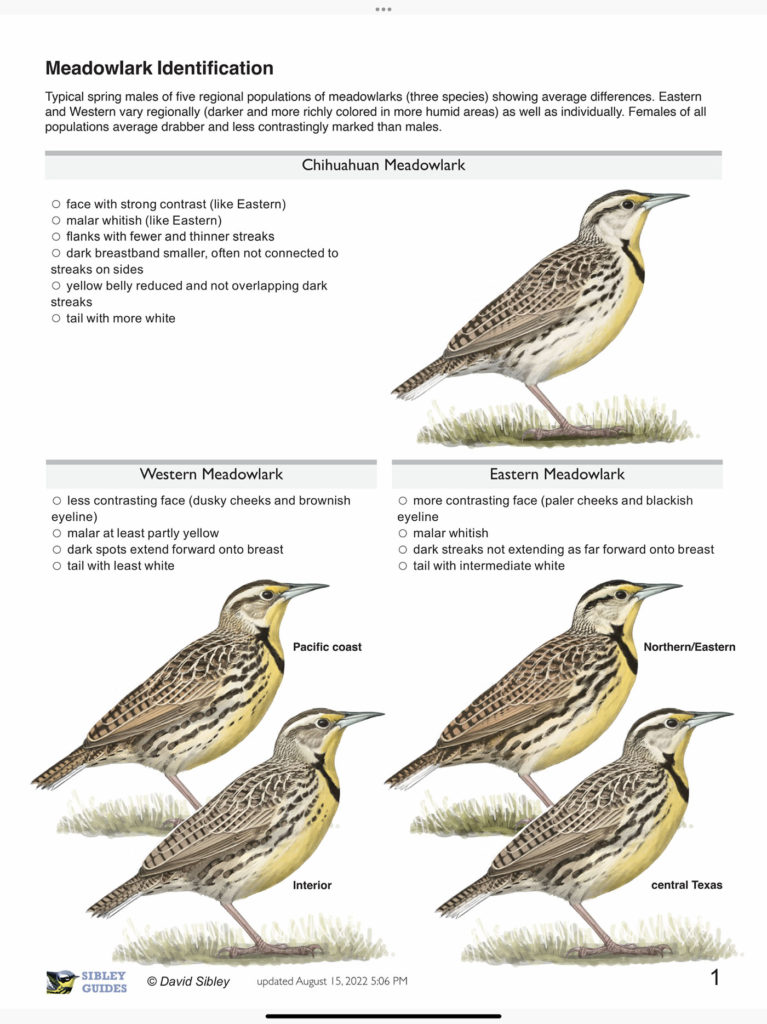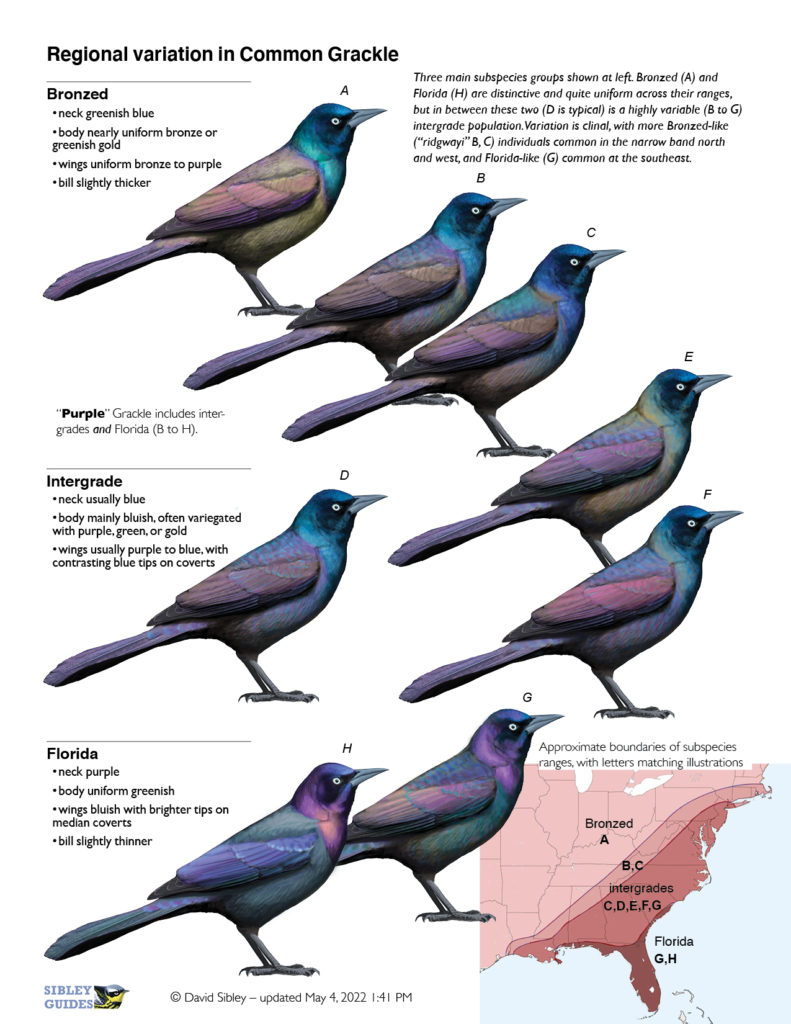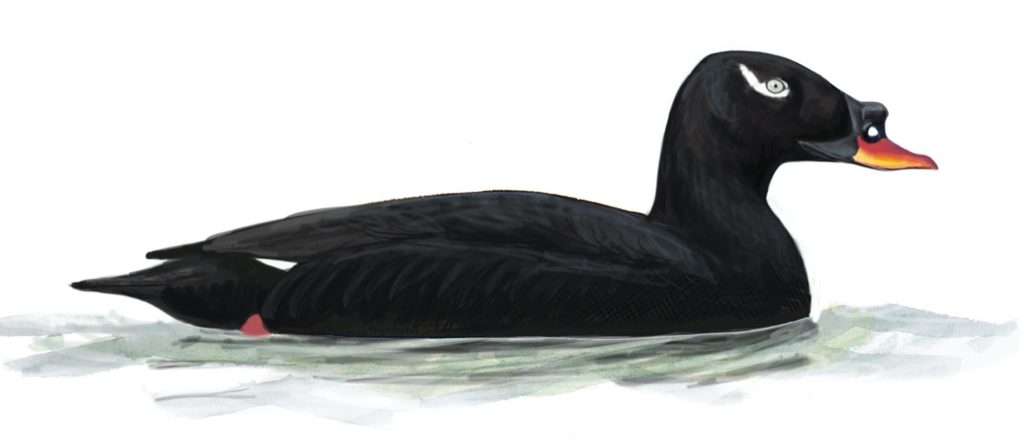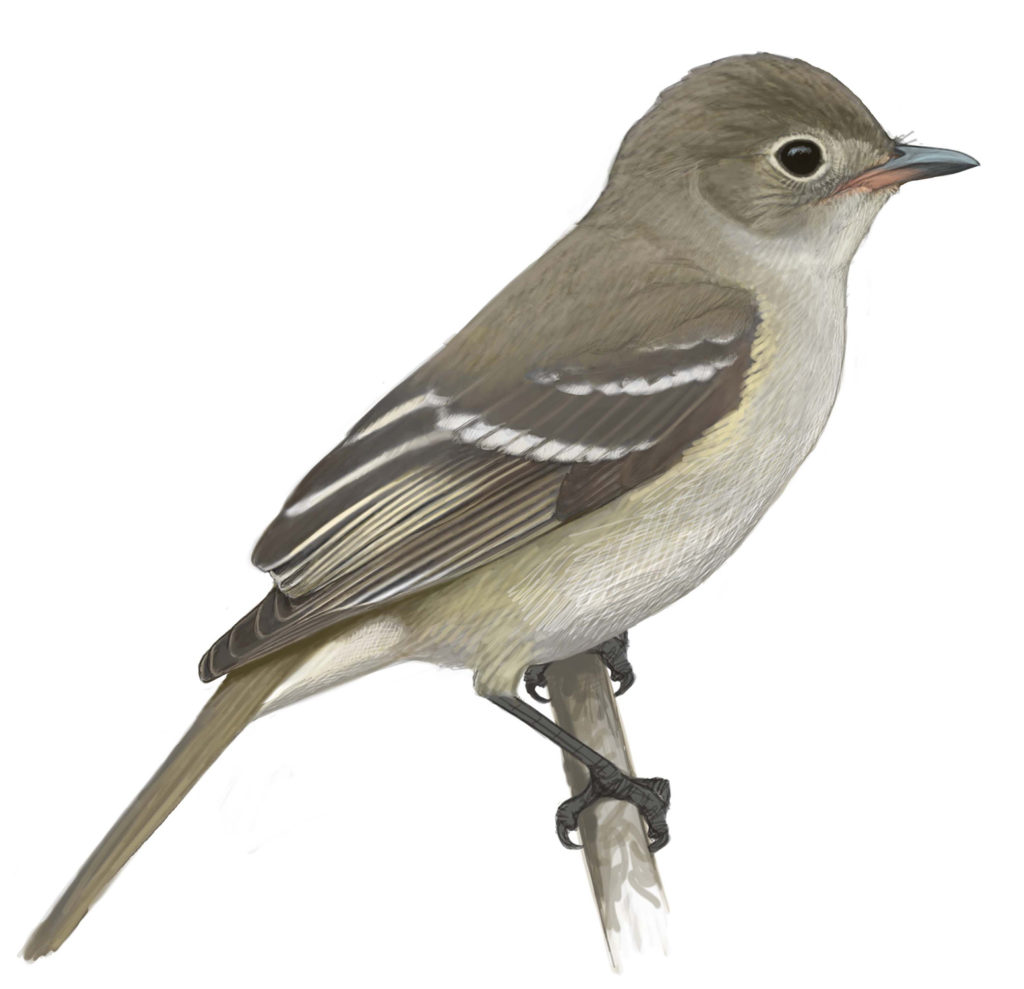Distinguishing Hermit Thrush and Gray-cheeked Thrush
The spotted thrushes are notoriously difficult to identify. Differences are subtle and subjective, the birds are variable, and it’s often difficult to get a good view of them. On top of that, when we see a thrush it’s usually just that, one bird. It’s difficult to judge subtle comparative differences when there is no direct […]
Distinguishing Hermit Thrush and Gray-cheeked Thrush Read More »


